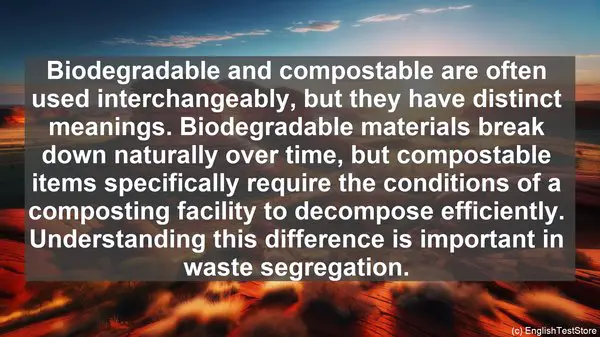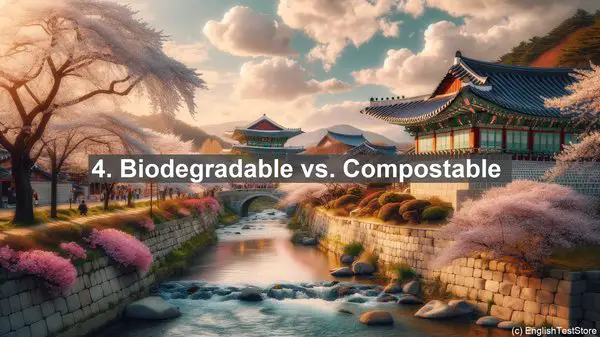Introduction
Waste management technologies can be complex, and sometimes, the terminology can be confusing. In this lesson, we’ll explore the top 10 commonly confused words in this field. Let’s dive in!
1. Incineration vs. Pyrolysis
Incineration and pyrolysis are often used interchangeably, but they have distinct differences. Incineration involves burning waste at high temperatures, while pyrolysis uses heat in the absence of oxygen to decompose waste. Understanding this difference is crucial in choosing the right method for waste treatment.
2. Landfill vs. Dump
While both landfills and dumps are sites for waste disposal, there’s a significant distinction. Landfills are carefully engineered to prevent environmental contamination, with liners and monitoring systems. Dumps, on the other hand, lack these protective measures, making them more prone to polluting the surroundings.
3. Recycling vs. Upcycling
Recycling and upcycling are both sustainable practices, but they differ in their approach. Recycling involves converting waste materials into new products, while upcycling transforms waste into higher-value items without breaking them down completely. Both are essential in reducing waste and conserving resources.
4. Biodegradable vs. Compostable
Biodegradable and compostable are often used interchangeably, but they have distinct meanings. Biodegradable materials break down naturally over time, but compostable items specifically require the conditions of a composting facility to decompose efficiently. Understanding this difference is important in waste segregation.

5. Hazardous vs. Non-Hazardous Waste
Proper waste categorization is crucial for safe handling. Hazardous waste refers to materials that pose a risk to human health or the environment, such as chemicals or medical waste. Non-hazardous waste, on the other hand, doesn’t have these harmful properties. Accurate classification ensures appropriate treatment and disposal.
6. Anaerobic Digestion vs. Aerobic Digestion
Both anaerobic and aerobic digestion are biological processes used in waste treatment. Anaerobic digestion occurs in the absence of oxygen and produces biogas, while aerobic digestion relies on oxygen and doesn’t generate biogas. Each method has its applications, depending on the waste composition and desired outcomes.
7. Leachate vs. Runoff
Leachate and runoff are terms associated with waste management’s environmental impacts. Leachate refers to the liquid that percolates through waste, often containing pollutants. Runoff, on the other hand, is the water that flows over the surface, potentially carrying contaminants. Both need to be managed to prevent water pollution.
8. E-Waste vs. Hazardous Waste
Electronic waste, or e-waste, is a specific category of waste that includes discarded electronic devices. While e-waste can contain hazardous materials, not all hazardous waste is e-waste. Understanding this distinction is crucial for proper disposal, as e-waste often requires specialized handling to minimize environmental and health risks.

9. Litter vs. Marine Debris
Litter and marine debris both refer to waste, but they have different contexts. Litter generally pertains to waste discarded in public spaces, while marine debris specifically refers to waste found in oceans and other water bodies. Both contribute to environmental pollution and require prevention and cleanup efforts.
10. Waste Reduction vs. Waste Elimination
While waste reduction and waste elimination both aim to minimize waste, they have different goals. Waste reduction focuses on reducing the amount of waste generated, while waste elimination aims to completely eliminate waste through innovative processes. Both approaches are vital in achieving a sustainable waste management system.
